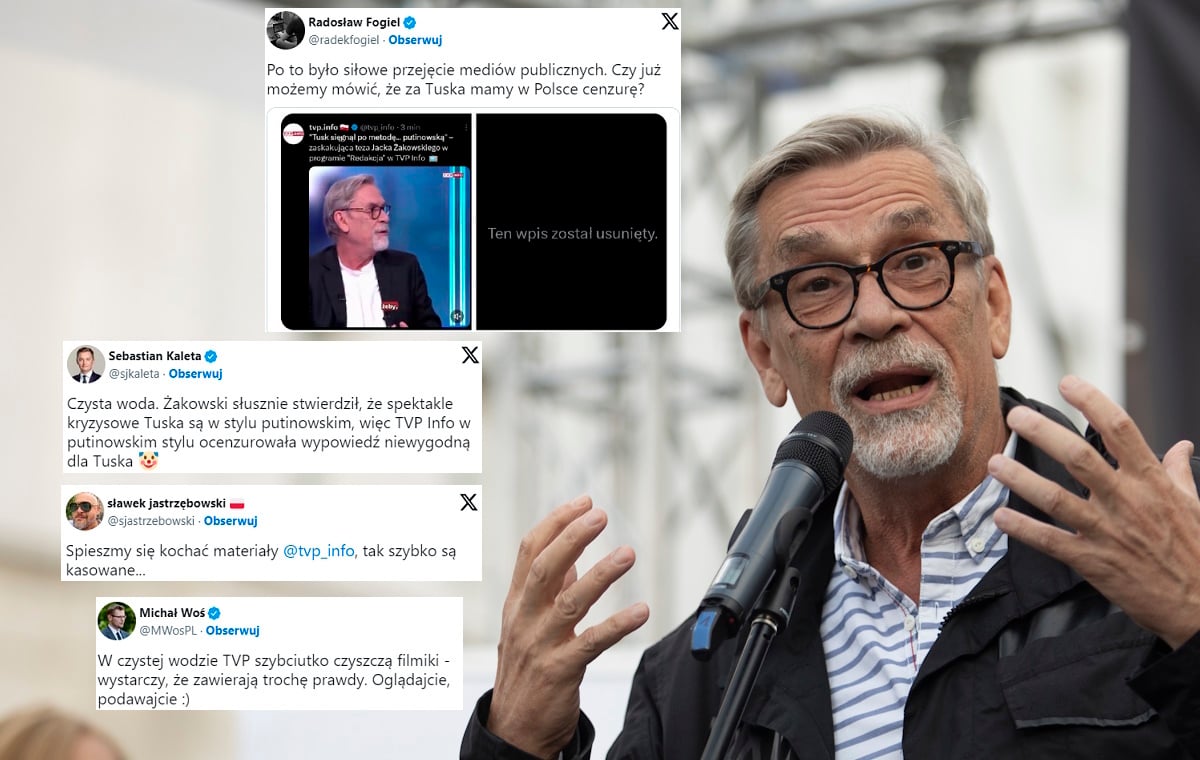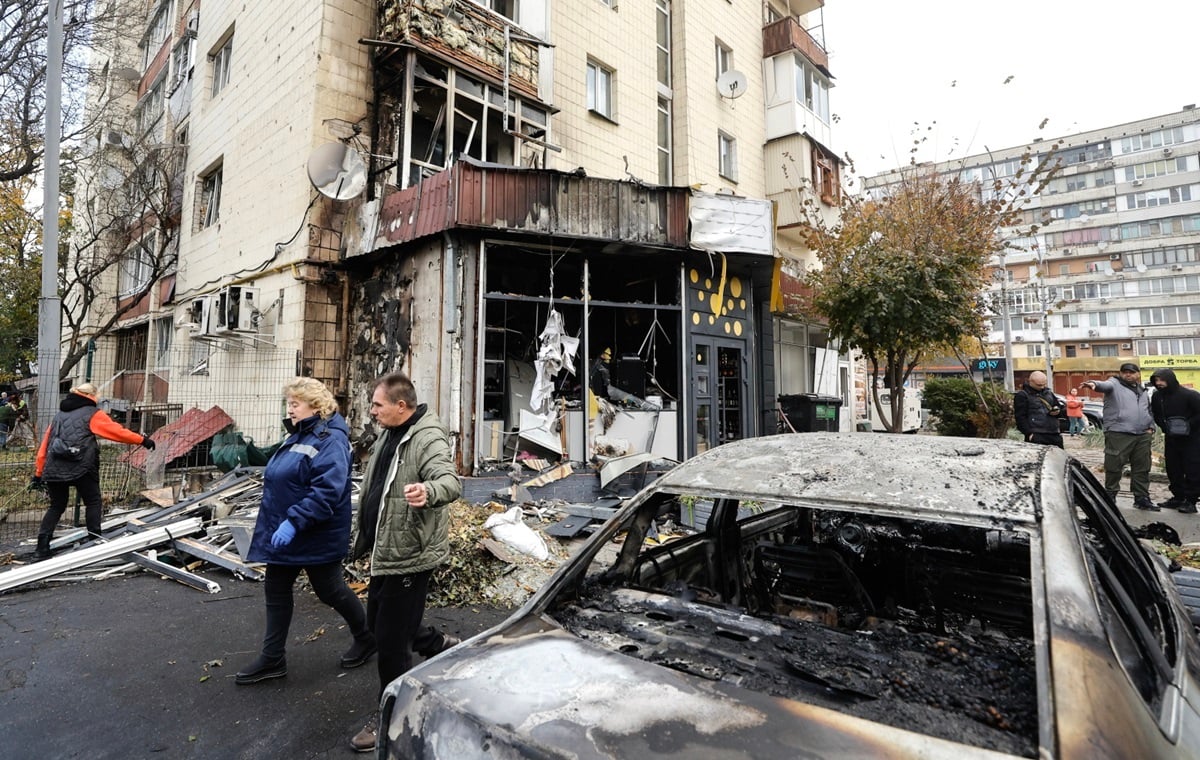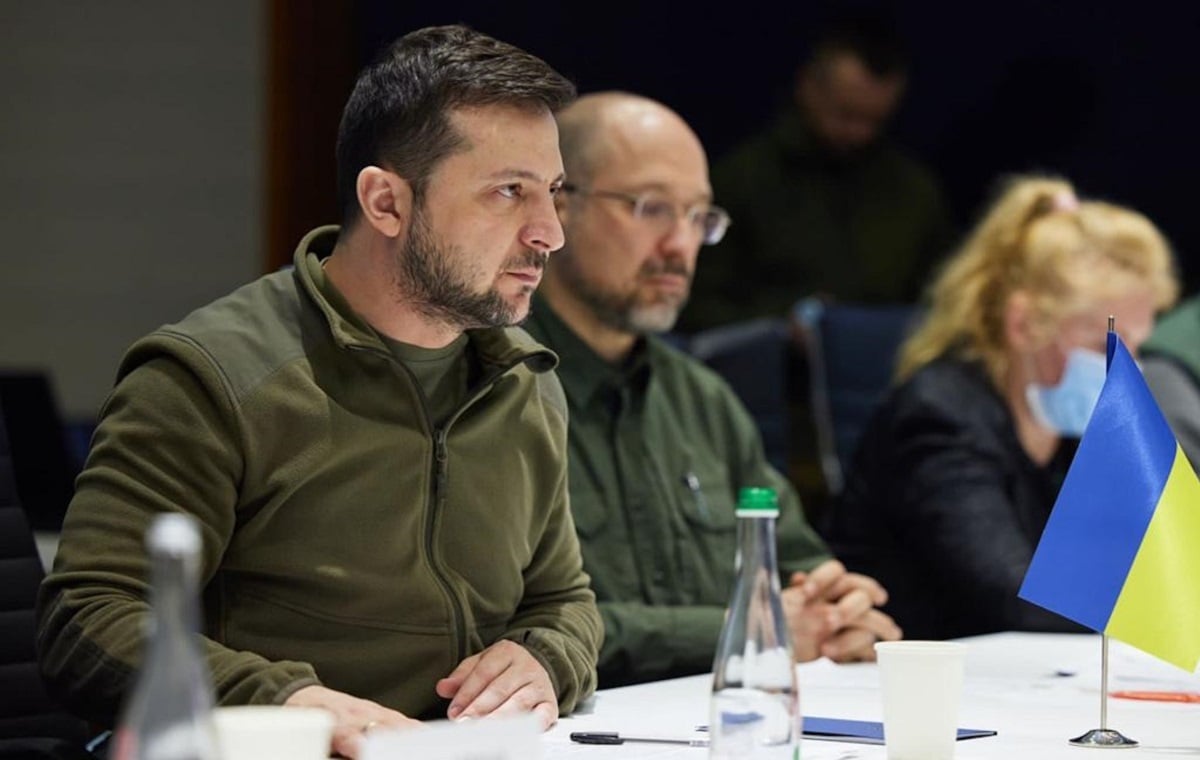It was the first papal document of this rank, addressed not only – as usual – “to the bishops, clergy and laity of the Catholic Church”, but also “to all men of good will throughout the world”. This approach alone gives the encyclical a special rank and place among other Vatican documents.
Moreover, the circumstances of the signing were unusual – although it was April 11, in fact the Holy Father signed it two days earlier, and in the presence of television cameras and many photographers. It was a departure from previous customs, not just from the Vatican, and gave the whole event a global dimension. A similar response was received by the encyclical itself, which from its inception generated great interest worldwide, not just among Catholics.
The document begins with the words: “Peace on earth (Pacem in Terris), so desired by all men and women of all time, can only be established and maintained by faithful obedience to the order established by God.” Furthermore, the pope develops the issue of peace in its various dimensions, such as human order, human rights, human obligations, the relationship between citizens and the authorities of the political community and between countries, and the relationship between society and the state. to the world community. The encyclical ends with “Pastoral Guidelines”: what must be done at the pastoral level to ensure and secure peace on earth.
In his document, the pope up to the theological views of most French thinkers such as Pierre Teilhard de Chardin, Marie D. Chenu, Henri de Lubac. He distinguished philosophical views from the economic, social, cultural and political goals based on them. He recognized that every person can understand the need for goodness thanks to his nature created by God and can realize it by following the general principles of coexistence that are acceptable to everyone. He refers to the libertarian assumptions of civil democracy, such as the right to free initiative (private property), to work or to participate actively in political life. From the moral law, John XXIII derives the principle of popular sovereignty.
He also pointed out that contemporary society is pluralistic and, as a consequence, possibly secular, and that the situation in the world today imposes obligations on everyone of coexistence and cooperation and of resolving conflicts and misunderstandings through reasonable negotiations and compromises. He stressed that peace on earth is possible provided all countries cooperate, based on the following principles:
1) people are equal and have rights inherent in human dignity;
2) people are equal in their natural dignity, and from this equality flows the right of every community to live, develop and be respected.
The encyclical became one of the doctrinal foundations of the Second Vatican Council, which began less than half a year earlier, and in particular the pastoral constitution Gaudium et spes on the Church in the modern world, which was adopted at that meeting.
The fruit of the blessed pope’s thought soon aroused great and friendly interest around the world. And it should be borne in mind that at that time it was divided into, in simple terms, the capitalist West and the communist East and the Third World, and the countries that formed it most often gravitated towards one of these two poles. And throughout this vast ideological and political space, a great deal of space is devoted to the new document.
For example, “The Washington Post” described it as a “great lamp” illuminating the whole world, another American newspaper – “The New York Herald Tribune” drew attention to the “extraordinary courage” of John XXIII, which “shocked the consciences of all who of good will throughout the world.” Another influential New York daily, The New York Times, emphasized the unique historical dimension of the papal document, which was addressed to all people “regardless of race, creed, or political persuasion” and stressed the importance of the United Nations as a “cornerstone”. “international order.
France’s Le Monde called the encyclical “realistic, calm, confident about the future”, while the (then monarchist-minded) Spanish daily ABC described “Pacem in Terris” as a “milestone in the development of the Church’s political teaching”.
Positive, and sometimes even enthusiastic, assessments of the new papal document also came from behind the “iron curtain”, ie. from our European part, then capitalized. For example, “Życie Warszawy” (considered at that time the most liberal daily in Poland, and probably in the entire socialist camp at that time) emphasized that the pope included in the encyclical many of the principles shared “by all defenders of the peace”. Even the Soviet news agency TASS drew attention to the political novelty of the document, and especially to the “increasing importance of the working class” in the papal teachings it contained.
This press comment constituted a kind of “consensus plebiscite on a peace encyclical”, as it was written at the time. It goes far beyond what accompanied the appearance of John XXIII’s 4th Encyclical, Mater et Magister, in August 1961, and which cannot be explained solely by the immense media resonance that evoked the image of this Pope in the world. It should be recalled here that in 1962 the American weekly magazine “Time” named the Holy Father man of the year.
There are at least two factors that play a role in the emergence of this “plebiscite”. The first was concern about the worsening international situation, particularly as a result of the erection of the Berlin Wall in August 1961 and the Cuban Missile Crisis a year later. The papal encyclical is a special response – innovative and hopeful for the future – to the anxieties and fears of world public opinion. The Catholic Church and the Holy Father personally appear in the international arena as major intermediaries between the superpowers.
At the same time, reading the document especially in a political and social context yields another, often controversial phenomenon – a new form of relationship between the Church and the media. On the one hand, it was perhaps the Church’s first presence in the media on such a scale, and on the other, accelerated the process of simplifying, often even distorting, papal teaching, so characteristic of our time. The media most often read the encyclical from a political and social perspective, ignoring or minimizing its spiritual and religious dimensions. Attempts began to emerge to oppose the “left-wing roncalli” to the “reactionary pacelli”, both in the media, both as so-called progressives and as conservatives.
The communist authorities in Central and Eastern Europe at that time also used in their own way both the authority of John XXIII – the “Pope of goodness and peace”, as he was called, and the encyclical itself in their struggle against the Church. It took a very drastic form in Czechoslovakia at that time, where the clergy organization that cooperated with the regime was named “Pacem in Terris”. It lasted until the Velvet Revolution in November 1989, which overthrew the communist regime. Members of that organization were contemptuously called “pax terriers” by “non-regime” parishioners, and the name of the papal document has for years elicited rather unfavorable associations than good in the Catholic Church in this country.

“Reader. Future teen idol. Falls down a lot. Amateur communicator. Incurable student.”

![Bogusław Wołoszański: “Achieving nuclear weapons would be the beginning of World War III” [WYWIAD]](https://storage.googleapis.com/bieszczady/rzeszow24/articles/image/877236c0-66fd-457a-9eb4-41792f9077ff)




